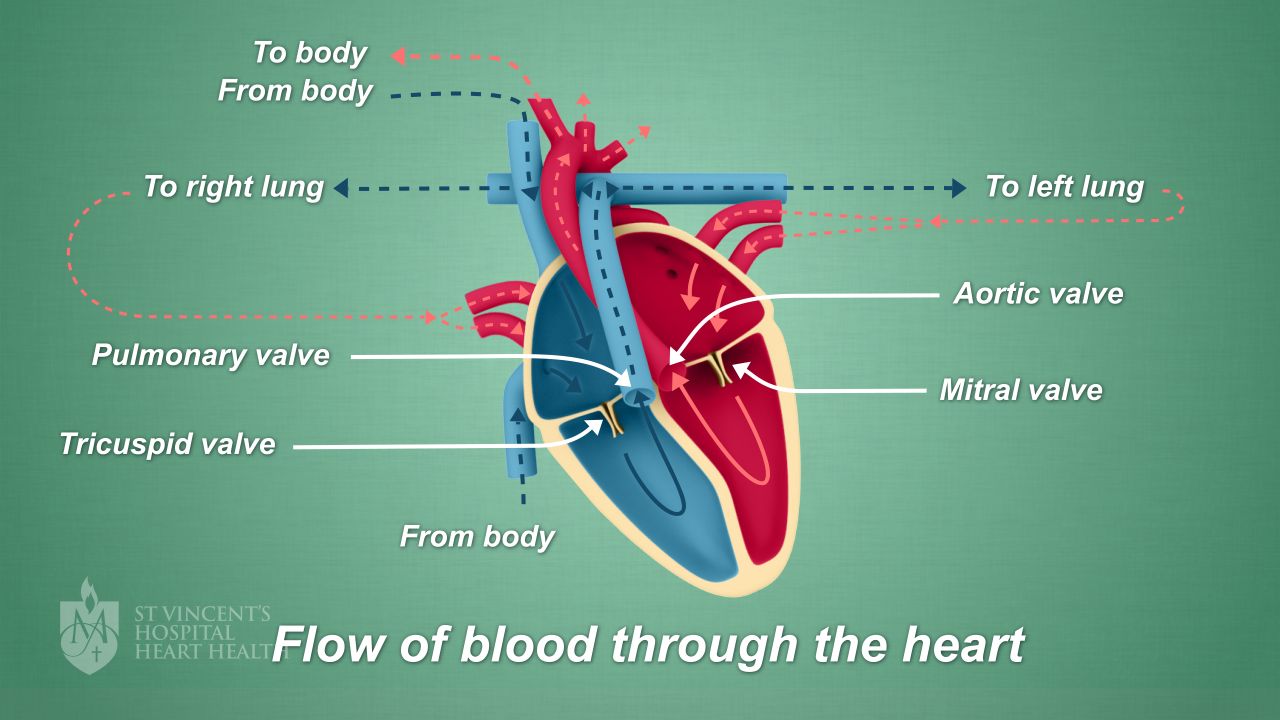Mitral Valve Clip
A mitral valve clip is a small metal clip that repairs your damaged mitral valve without the need for open-heart surgery.
What is a mitral valve clip procedure?
Why do I need a mitral valve clip?
What are the risks during a mitral valve clip procedure?
How do I prepare for a mitral valve clip procedure?
What happens during a mitral valve clip procedure?
What happens after a mitral valve clip procedure?
What is a mitral valve clip?
A mitral valve clip repairs your damaged mitral valve without the need for open-heart surgery. A small metal clip, about the size of a large staple, is attached to your mitral valve via a vein in your leg. The clip stays there permanently and helps your valve to function properly again.
Why do I need a mitral valve clip?
Your heart has four main valves, which work like gates or doors and allow blood to flow through your heart in one direction. The mitral valve is located between your heart’s two left chambers. It has two flaps or leaflets which open and close, allowing blood to flow out of the top chamber to the bottom chamber.
The diagram below shows the direction of blood through the heart valves

If the mitral valve doesn’t close tightly enough, blood can flow backwards from the bottom chamber into the upper chamber and towards your lungs. This is known as mitral valve regurgitation.
It can sometimes make you feel dizzy, tired, out of breath, and you may also experience swelling in your legs and feet (called oedema). If left untreated, mitral valve regurgitation can lead to an irregular heartbeat, heart failure or chest pain.
A mitral valve clip is a procedure which repairs the mitral valve. A miniature clip is attached to the abnormal part of the valve, closing it tightly, while the rest of the valve opens and closes normally. The effect of this is to prevent or minimise the amount of regurgitation through the valve.
This procedure is often recommended for patients who are too high risk for open-heart surgery.
Below, you can watch a short video from one of our specialists explaining more about mitral valve clips.
Below, you can watch an animation explaining what happens during a mitral valve clip procedure.
What are the risks during a mitral valve clip procedure?
As with any surgery, there are some risks associated with a mitral valve clip procedure. If your mitral regurgitation isn’t reduced, your symptoms might not improve. Some of the risks can include:
- Vascular complications
- Bleeding
- Kidney failure
- Lung complications
- Gastrointestinal complications
- Blood infection
- Stroke
- Death from this procedure is rare
Your doctor will explain the risks to you in detail - and you should also discuss any questions or concerns with your medical team. Your doctor will ask you to sign a consent form to agree to the procedure.
How do I prepare for a mitral valve clip procedure?
You will prepare for your mitral valve clip procedure by:
- Asking your doctor about taking your usual medications - especially if you take medication for diabetes or blood thinning medications. If you take SGLT2 medicine for diabetes, you will need to stop taking them at least 3 days before your surgery. Read our Patient Information Guide on SGLT2 inhibitors for diabetes.
- Not eating - for at least six hours before your procedure begins
- Not drinking any clear fluids for two hours beforehand - clear fluids and drinks are ones you can see through, such as water and tea without milk
Before your procedure begins, you’ll be asked to remove any jewellery and wear a hospital gown.
What happens during a mitral valve clip procedure?
Your mitral valve clip procedure takes place in a catheter lab. You will be taken to the room and be asked to lie on a procedure table. You will be given medicine to make you sleep throughout the procedure. During the procedure:
- Your groin area is cleaned.
- A general anaesthetic is given so that you sleep during the procedure
- Once asleep an anaesthetist puts a breathing tube into your mouth which is connected to a breathing machine
- A catheter is inserted into a leg vein in your groin
- X-ray imaging helps your doctor guide the catheter and clip to your mitral valve
- The clip is positioned to permanently clasp the mitral valve’s leaflets together, allowing the valve to close properly (it will be attached at the point where the valve’s leak is most severe)
- When the clip is closed, blood will continue to flow through the valve but not backwards towards the lungs
- The breathing tube is usually removed soon after the procedure is finished.
What happens after a mitral valve clip procedure?
After your procedure, your doctor will monitor you closely and tell you how long you need to stay in hospital. Remember that your team are dedicated to ensuring the best possible outcome for you, and they will be there to support your recovery every step of the way.
Before you go home, you’ll be given detailed instructions on how to recover well and return to good health - and it’s very important that you follow this advice. If you continue to feel any signs or symptoms that make you feel concerned, make an appointment with your doctor.